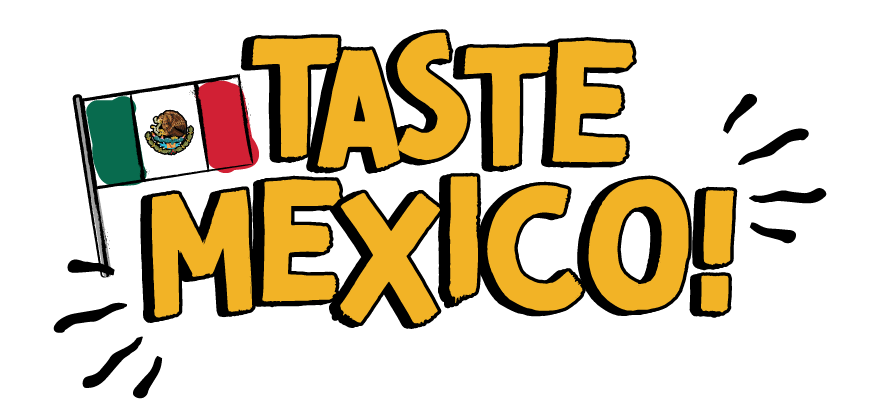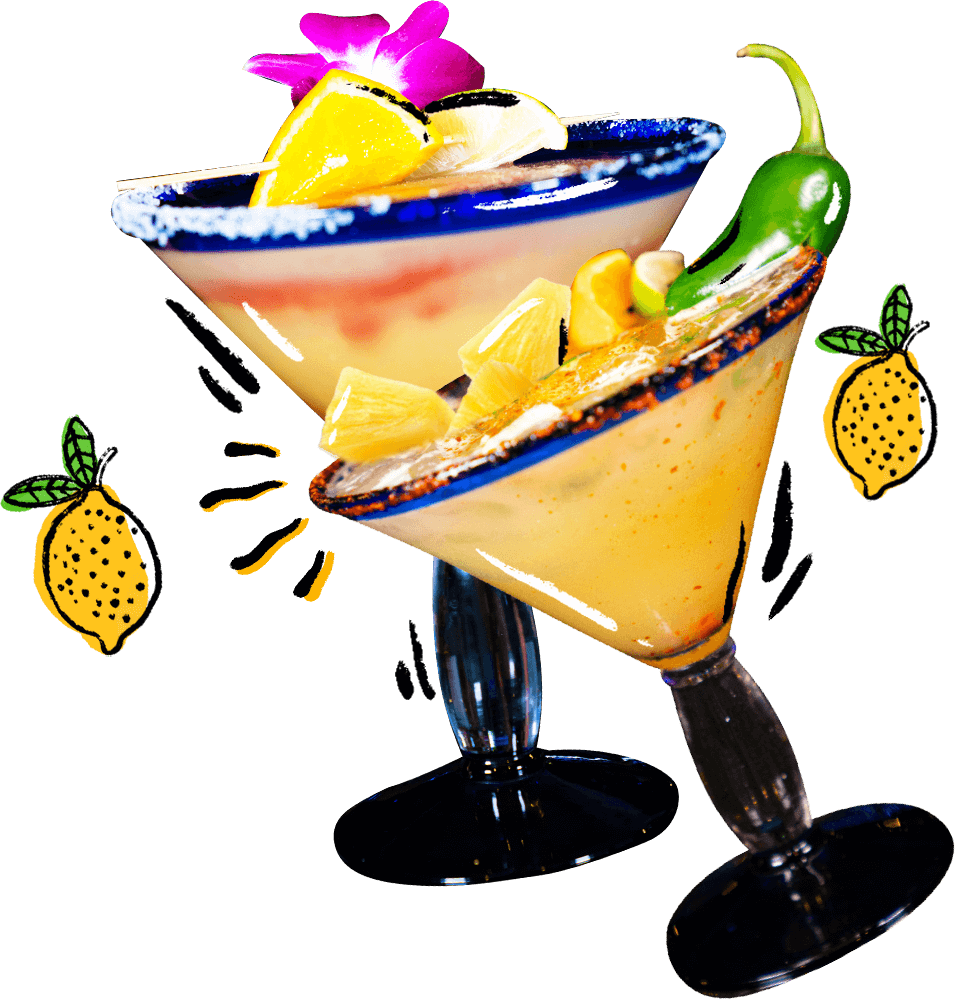


Create your own custom dinner combination by selecting up to three Mexican favorites. By mixing and matching you can create your own unique Mexican meal.
Freshly plucked from the ocean, our seafood dishes offer a variety of flavors. Dive in and explore what we have to offer.



Always great food and great service. The house drinks are 241 and not bad for the price. Everyone is friendly and the seating options are nice. This place is a go to for whatever the occasion... Family, friends, coworkers... You name it. Even the vegetarian friends like it and it always tastes fresh. Clean, fast and tasty!
Kelly Ashling Capital CircleWe loved everything about this place. Friendly staff, great atmosphere, delicious food and very reasonable price. Highly recommend it!
Steven Kronemberger DestinThis is our main breakfast spot during vacation. I've only ever eaten the breakfast here, but it's always been great and the wait staff is super friendly, I always see some of the same faces, year after year.
James Lackey (HeavyMetalChef) EastpointVery good authentic Mexican food and awesome decor. Great location. Friendly staff. Nice bar with tasty margaritas. Really nice combos with plenty of food. Also, check out the daily lunch specials. Update August 2022, still just as good!
Bobby Tharp Lynn Haven
I just want to give a SHOUT-OUT to all of the staff that consistently worked hard, to the manager that was hands on and to the HOST that caught a big tray full of food that one of the servers almost dropped. How could any customer complain about a longer wait when you can easily look around and see that these people came to work and understood the assignment.
Nyla S. MonroeAlways great food and great service. The house drinks are 241 and not bad for the price. Everyone is friendly and the seating options are nice. This place is a go to for whatever the occasion... Family, friends, coworkers... You name it. Even the vegetarian friends like it and it always tastes fresh. Clean, fast and tasty!
Kelly Ashling Capital CircleWe loved everything about this place. Friendly staff, great atmosphere, delicious food and very reasonable price. Highly recommend it!
Steven Kronemberger DestinThis is our main breakfast spot during vacation. I've only ever eaten the breakfast here, but it's always been great and the wait staff is super friendly, I always see some of the same faces, year after year.
James Lackey (HeavyMetalChef) EastpointVery good authentic Mexican food and awesome decor. Great location. Friendly staff. Nice bar with tasty margaritas. Really nice combos with plenty of food. Also, check out the daily lunch specials. Update August 2022, still just as good!
Bobby Tharp Lynn HavenSign Up For Our Newsletter!
Get the latest on everything El Jalisco! From new menu items, exclusive specials, and updates on your favorite Mexican restaurant.
I just want to give a SHOUT-OUT to all of the staff that consistently worked hard, to the manager that was hands on and to the HOST that caught a big tray full of food that one of the servers almost dropped. How could any customer complain about a longer wait when you can easily look around and see that these people came to work and understood the assignment.
Nyla S. Monroe